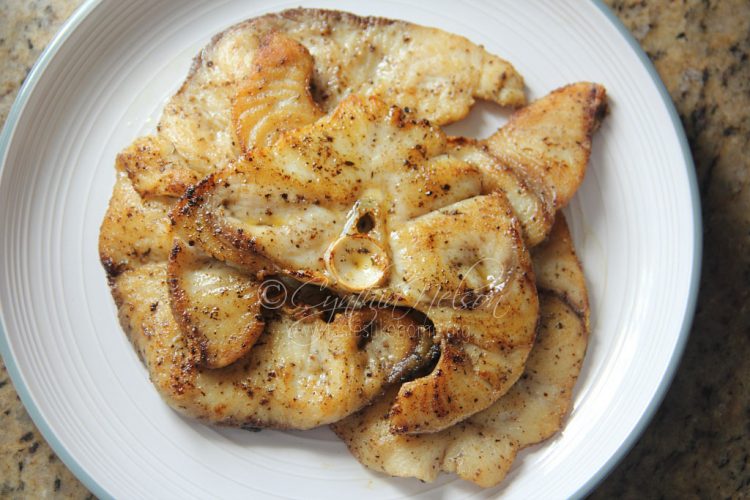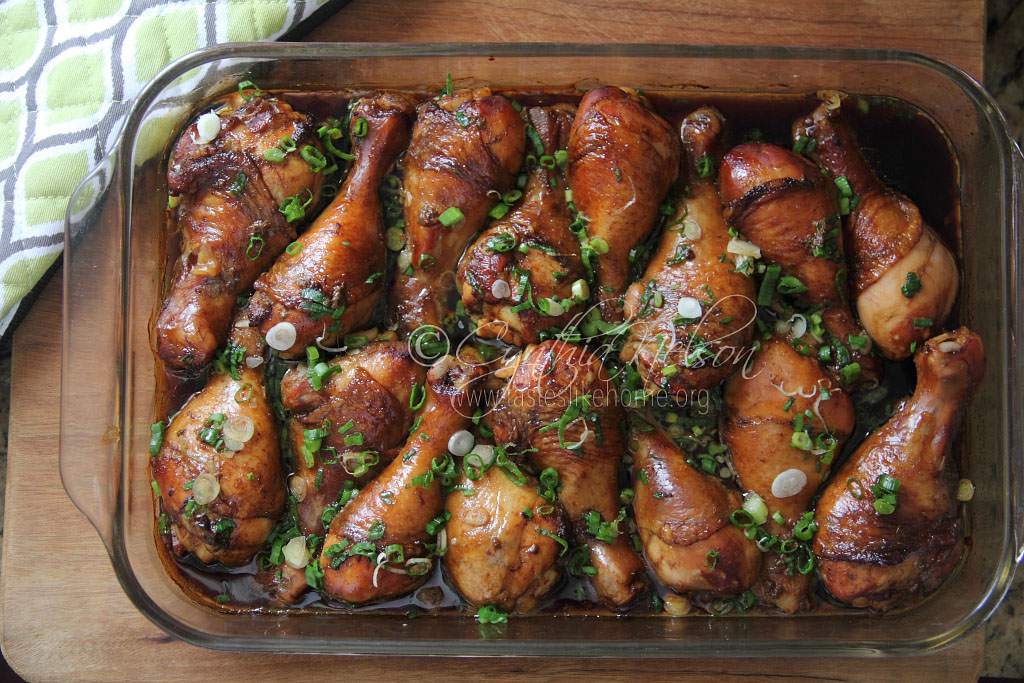
Let’s start by looking at how much salt to add when cooking.
I know that many cooks, particularly novice cooks, get very frustrated when they read a recipe that says, “add salt and pepper to taste.” When I write a recipe, I often use those words. It is only when the flavours have to come together in a specific way to yield a certain taste that I suggest a specific amount of salt or sugar. The reason why many recipes call for salt to taste is simply because we all have varying levels of taste when it comes to salt. It is the same way that each of us has a different level of tolerance for heat from pepper. When I make fish cakes I like them to have a bit of heat so I would add a tablespoon of minced scotch bonnet pepper to the mixture, but in the recipe I can’t specify that you should do the same because I do not know your tolerance level for heat. Therefore, I would instruct, pepper to taste.
The best advice is to taste your food as you’re cooking. It is the best, and sometimes the only way for you to judge the situation. I always tell people to err on the side of caution – add a little salt, taste and then add more if needed. It is better for it to be under-salted because you can always add but you can’t take out.
The key then, to “add salt and pepper to taste” is to trust your taste buds. Now to the next part of the question – when should we add the salt? The answer – it depends. These suggestions and recommendations are based on my personal cooking experiences.

Boiling
If you’re going to be cooking pasta, chow mein or low mein noodles, the water needs to come to a boil first, be salted and then the noodles added. This is the only and major opportunity you will have to season the noodles and so the salt has to be cooked in. How much salt to add? This will depend on how large the pot is, how much water is in the pot and how much noodles you are cooking. The best way to test it is to taste the salted water before adding the noodles. At this stage if you’ve added too much salt you can take out some of the water and add fresh water to dilute the salinity. If it needs more salt, then you know what to do.
When boiling potatoes and ground provisions (tubular vegetables) and peas, you add these ingredients to the pot along with tap water cover and bring to a boil; only when it comes to a boil should you add salt to the water (to taste). And be sure to taste to ensure that you have not put in too much. If you add the salt at the onset, science tells us that it will slow down the process of the water coming to a boil quickly and it will also harden certain molecules in the ingredients causing them to react negatively such as hardening.
Sautéing (frying) Vegetables
There are some vegetables that can be salted in their raw state once mixed with the sautéed aromatics like onions, garlic, ginger, pepper, herbs etc. Others are best salted at the end of cooking. Then, there are ingredients that need to be prepped in a particular way before they are even added to the pot or pan to be cooked, that require no salting at all once cooked. Confused? Don’t be. Let me give you some examples.
Bora (yard long, snake beans) can be salted at the beginning of the cooking process as it shrinks only a little and yields no liquid once cooked. Okra should to be salted at the end of the cooking process in order to prevent moisture from being extracted that can cause excessive sliminess which most people fear about okra. Cabbage and spinach wilt and shrink considerably when cooked and they can yield too much liquid if salted early. Therefore, these are best salted at the end. Karaila (bitter melon, bitter gourd) are sliced and salted to remove much of the bitterness. Eggplants are also salted and left to sit for a while to remove any impurities. Both of these ingredients are then squeezed and wrung dry respectively and then cooked. It is not necessary to salt these when cooked, as they most likely will have some residual salt from the salting process before cooking.
However, people take different approaches to cooking ingredients such as karaila and eggplant, by that I mean that they may not pre-salt them before cooking. Therefore, when cooking both or either of these vegetables, salt towards the end of the cooking process because they contain moisture and shrink a lot when cooked. Salting early in the raw state can lead to over salting.
Curries and Stews
Whenever I am making a curry, I usually add enough salt for the entire dish at the stage where the masala-curry paste is sautéing (frying). This works for me because I like when the meat is added to the paste and mixed, it gets infused with the spice paste and the salt at the same time. Always taste the cooked masala paste before adding the meats, if there is enough salt to taste, then there is no need to add more. If more salt is needed, add it in later. If I am cooking a combination of meat and potato, then I always add a little more salt because I know the potatoes would absorb the salt away from the meat.
Stews, I salt in layers. I start by lightly seasoning the meat or chicken, pan-frying it lightly and then set it aside. I then add the aromatics like onions, carrots and celery, sauté and season with salt and pepper. The chicken or meat and its drippings are then added back to the pot, liquid added, salt adjusted and cooked.
One key thing to note here, if you are making something that you want to have a sauce or gravy, do not add salt to taste when you’ve just added the liquid. Here’s why, as the liquid reduces, the flavours concentrate and so will the salt, so, add just a little salt and then taste and adjust when the gravy or sauce reaches the consistency you want it to be.
Steaks and Chops
Cooks have varying opinions on when to add salt on chops and steaks. Adding the salt early some fear will draw out too much moisture and there are those who only salt them when they are in the pan. For my part, I season my steak/chop a few minutes before I am about to cook it and do so immediately. I take the time to really rub the salt into the meat. It is not left to sit and marinate. The same goes for when I am cooking fish whether pan searing, roasting or baking.
When it comes to marinating in preparation for cooking whether baking or grilling, I always taste my marinade for salt and adjust accordingly.
Brining
Lots of people are into brining these days. It is an effective way to season meats and poultry for various cooking methods such as roasting or frying or even pan searing. If you’ve brined your meat or poultry, then it goes without saying that you do not need to add more salt as it is already seasoned. Follow the brining recipe for the amount of salt and sugar to create the right balance for taste.
Frying
In most cases you will notice that things prepped for frying have been seasoned and then coasted, dusted or dredged in one thing or another. Or, the only seasoning they get would be from the coatings. Coating something to fry is to keep in the moisture not only for the flavour, juiciness or crispiness but also to prevent any liquid seeping into the oil. We all know that oil and water do not mix.
Things like potato chips, plantain chips etc should be salted as soon as they are removed from the oil so that the salt can adhere to them. If you add the salt when they are cool nothing sticks. You see it is the little oil that’s still there as soon as chips come out of the pan that allows the salt to stay in place. The pores of the crusts are also open when the items are hot thus enabling proper seasoning.
Other
Ingredients like salt fish and salt meats bring another dimension to salting your food. My advice is that you remember that these ingredients should at least be soaked overnight in tap water and changed twice to get rid of the excess salt. They should still retain some salt, as that is what is going to impart that unique flavour to your food.
There you have it, my take on how much salt and when to salt when cooking.
Cynthia
cynthia@tasteslikehome.org





